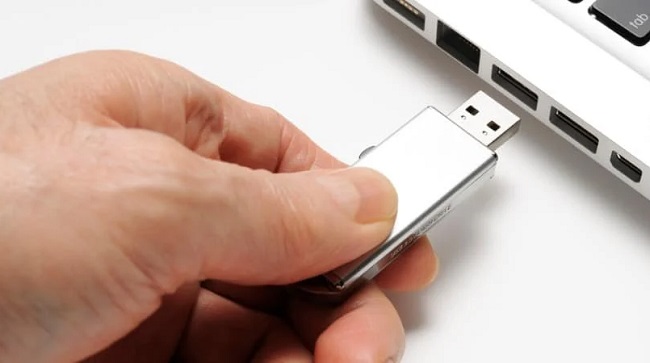Common problems with Windows 10 computers failing to boot up mean that having a recovery disc on hand is essential and helpful. So, what exactly is a recovery drive, and how might it be useful?
In case you didn’t know, once you have a Windows 10 recovery disc prepared, you can boot your dead Windows 10 OS from it and have quick access to a variety of Windows 10 troubleshooting and recovery tools to try and bring back a failed machine.

Can You Create a Windows 10 Recovery Disk from Another Computer?
Yes, you can create a Windows 10 recovery disk from another computer, provided that the other computer is also running Windows 10.
The recovery disk creation process involves creating a bootable USB drive or DVD with the necessary system recovery files. These files are not specific to a particular computer, so you can use them on multiple Windows 10 devices.
Read Also:
Method 1: Use The Windows 10 ISO To Make a Recovery Drive For Your Computer.
Official Microsoft guidance suggests creating installation discs to reinstall Windows 10 as the first line of defence against computer failure. In order to make a Windows 10 recovery USB, please follow the instructions below.
Step 1: Get ready an empty USB drive of at least 8 GB in size. Windows 10 ISO may be obtained from this website by clicking the “Download Tool now” button.
Step 2: Start the programme and agree to its terms.
Step 3: Select the checkbox labelled Create installation media for another PC, and then click Next.
Step 4: Choose the locale, release, and build format (64-bit or 32-bit).
Step 5: Select the USB flash drive as the storage medium in the following step.
Step 6: Produce the installation media right away.
To restore Windows 10 from the recovery USB:
The created recovery USB can then be used to reinstall Windows 10. Here’s how to use the Windows 10 recovery USB to get your system back up and running.
Step 1: Start your computer after plugging in the recovery drive.
Step 2: Choose a repair method by clicking “Troubleshoot.”
Choose “Advanced Options” > “System Restore” to roll back to a previous save point. No data will be lost, but any recently installed software or drivers that could be creating issues will be uninstalled.
To erase all data and start over, click the “Reset this PC” button.
A drive can be recovered from by clicking the “Recover” button. Reinstalling Windows 10 in this way will erase all user data as well as any custom software and drivers.
Method 2: Transferable Windows 10 Installation USB Drive
Utilizing third-party software simplifies the process of making a recovery USB. The system-built recovery drive cannot be used on a separate installation. When you need recovery disc that will boot any version of Windows 10, 8, or 7, you can use it here.
1: Produce a Computer Running Windows 10
You should always have a system backup ready in case your computer ever crashes or becomes corrupted.
- You can choose what to back up by going to the home page and clicking on that link.
- Choose Operating System.
- You only need to choose the backup location, which can be the same place as your system partition.
- You can store the backup on a local drive or a network attached storage device.
- After a backup is complete, you may view its status, recover files, access them in their original location, or even delete them by right-clicking the backup task in the left pane.
2: Create an Emergency Disk
Make a WinPE bootable emergency disc to guarantee USB drive bootability. The Windows backup programme can only be downloaded onto a functional machine. The next logical step is to do what I’ve outlined below:
- Get a USB drive ready.
- The second computer has to have Backup activated and installed immediately.
- Locate “Tools,” click on “Create Emergency Disk,” and follow the prompts.
- Select the disc you want to boot from. Make an ISO file, or a USB or CD/DVD that can be booted.
- To get going, just hit the “Create” button.
3: Restore Windows 10 Using the Recovery USB Drive
When Windows 10 has issues, you can restore it by connecting a USB device to the computer and following the steps below.
- After plugging in the Windows recovery USB disc, you’ll need to keep tapping “F2” while the computer boots up.
- Select the backup file or system image you wish to restore and click “Recovery.”

